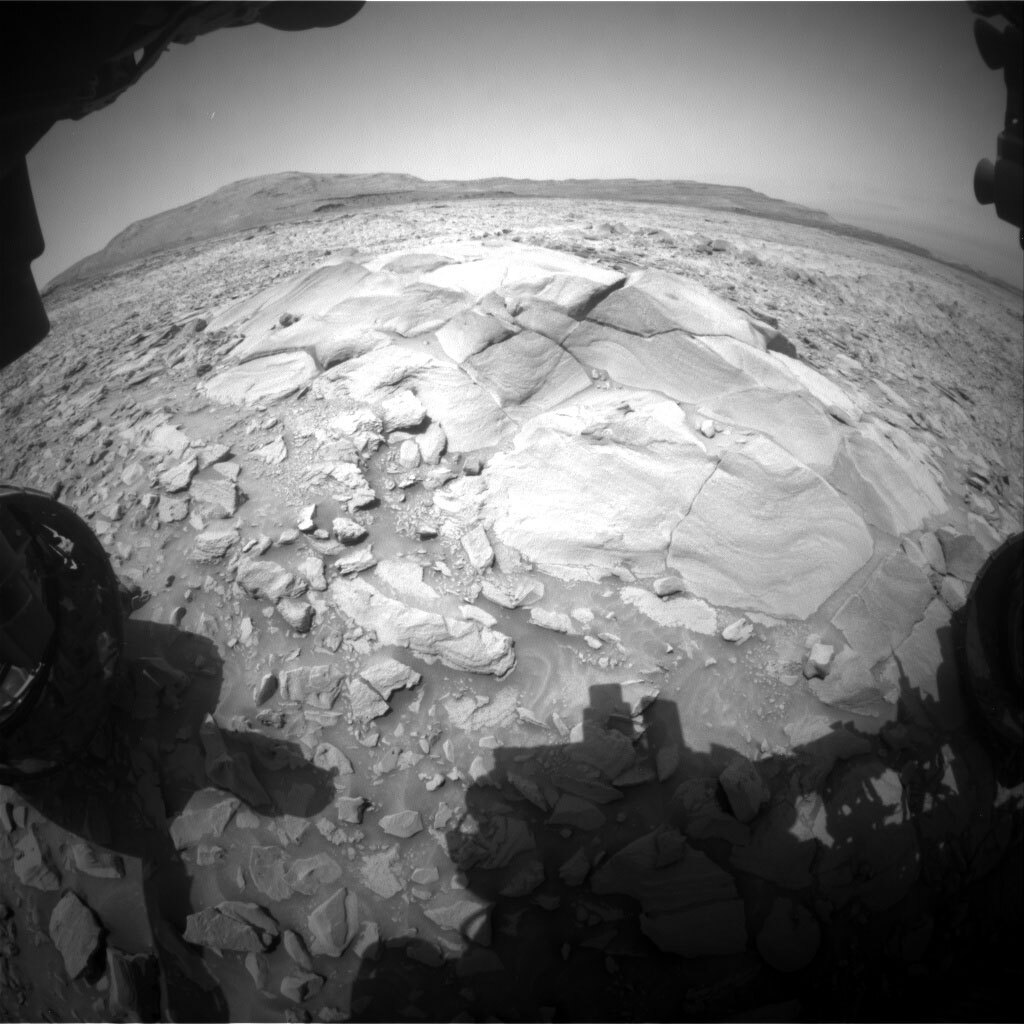2 min read

Curiosity’s stationary week on Mars continued because we weren’t able to uplink Wednesday’s plan. Fortunately, we are prepared for events like these. Our intrepid rover spent Thursday and Friday in “runout sols,” a term that describes the extra sols that are mostly empty of activity which we add to the end of every plan just in case we aren’t able to uplink new instructions.
Since we’d already discussed the observations we’d like to get at this location, the science team was in pretty good shape coming into planning this morning. Even though we want to simply repeat most of the activities we had planned to do on Wednesday, we still need to make a whole new plan because the orbiters we use to relay our data pass overhead at different times, and we’re also coming into the plan at a different state of charge than we planned on Wednesday. And of course - we have a three sol plan to make today instead of the two sol plan we made on Wednesday!
For our re-do plan, we’re going to try again to take a ChemCam observation of targets “Baa” and “Lewisian” described in Wednesday’s blog, as well as a new target “Cleveland,” which is a spot on a nearby rock that has interesting sedimentary structures. We’ll also snap some RMI mosaics of Gediz Vallis Ridge and collect Mastcam observation of the ChemCam targets along with the same mosaics we’d planned for Wednesday. MAHLI and APXS will get in on the science action with observations of “Blue Anchor,” and an additional MAHLI observation of “Baa.” (A “rinse and repeat” of what was planned Wednesday in the words of today’s APXS strategic planner Lucy Thompson.) Environmental monitoring and a drive round out the plan.
Written by Abigail Fraeman, Planetary Geologist at NASA's Jet Propulsion Laboratory







